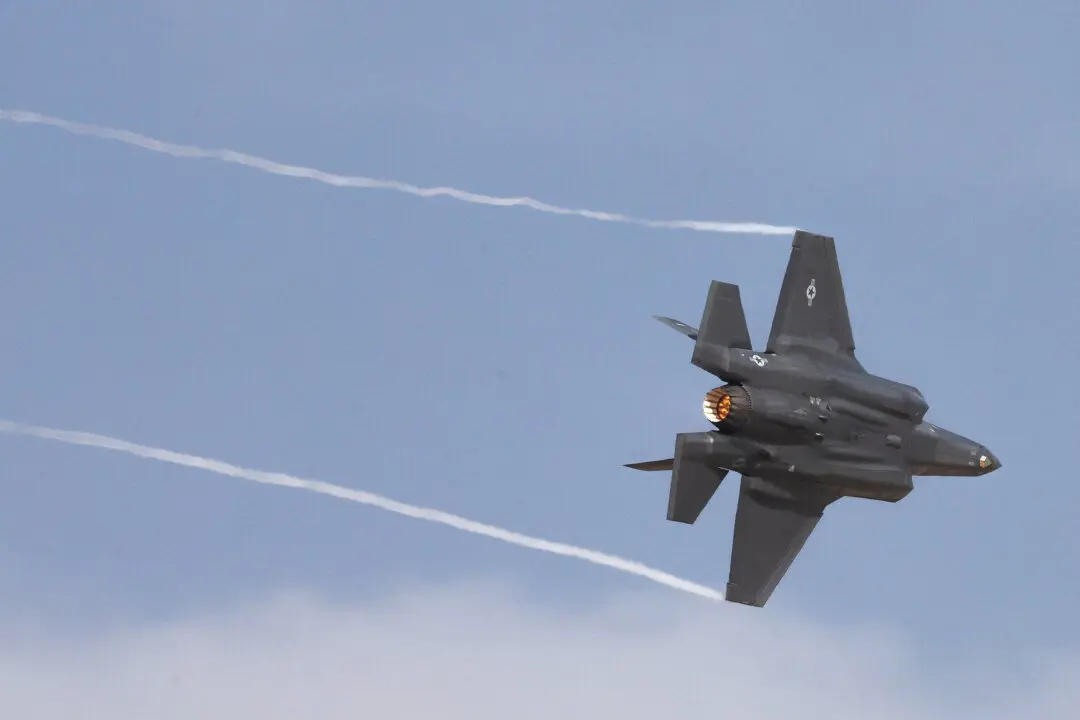As the criminal trial begins for three men accused of playing key roles in an Alberta blockade two years ago, defence lawyers argued that the protest was “disorganized” and no one had the power to call the shots, while the Crown said the men had control over the group.
“You couldn’t tell us who actually was responsible for the trucks coming down on the 29 (of January),” defence lawyer Michael Johnston asked former Coutts Mayor Jim Willett during cross-examination on April 4.





